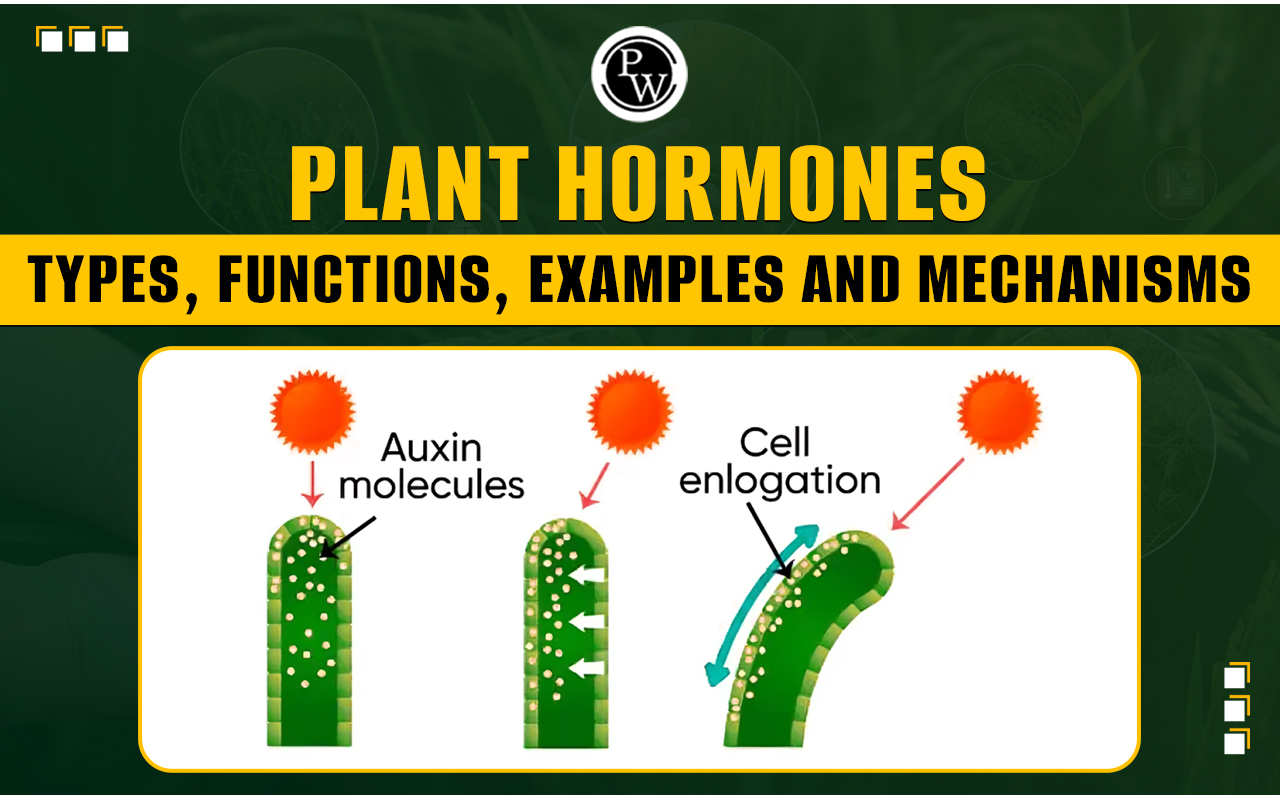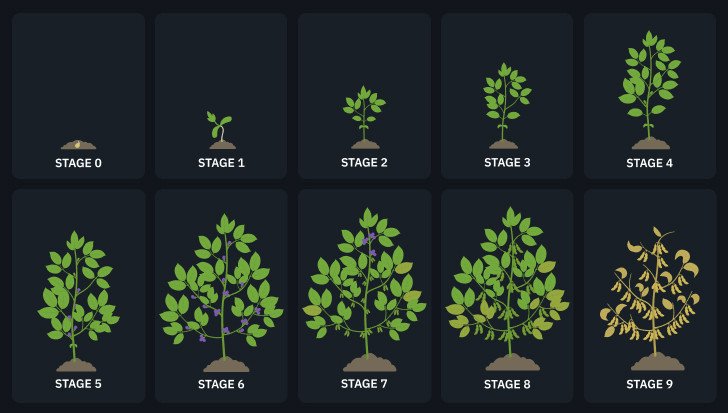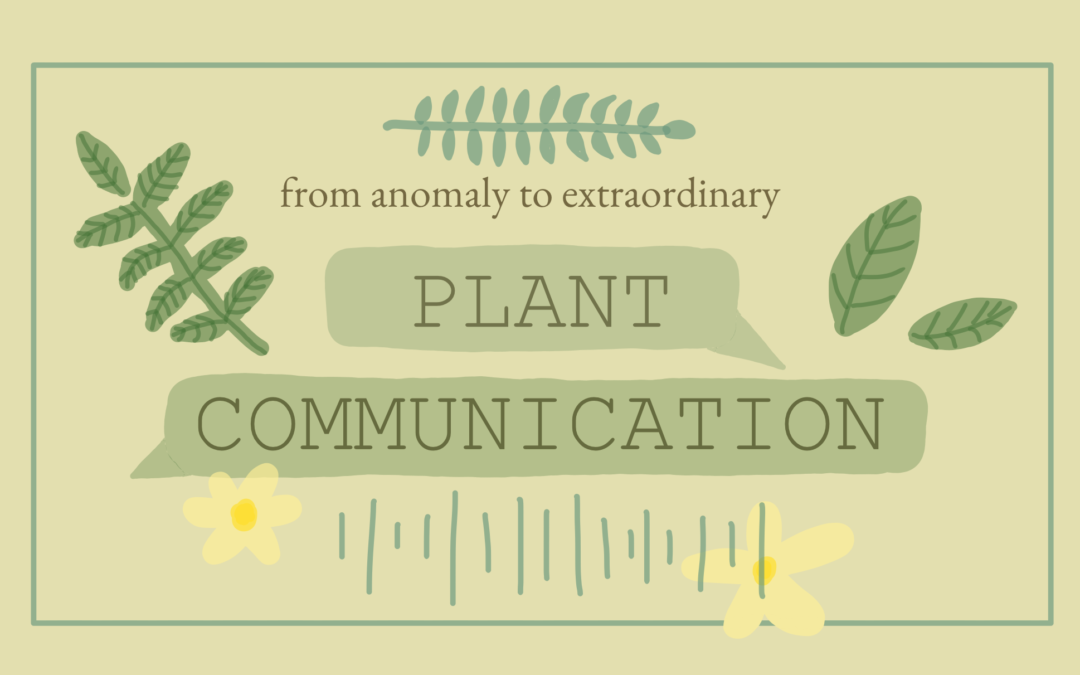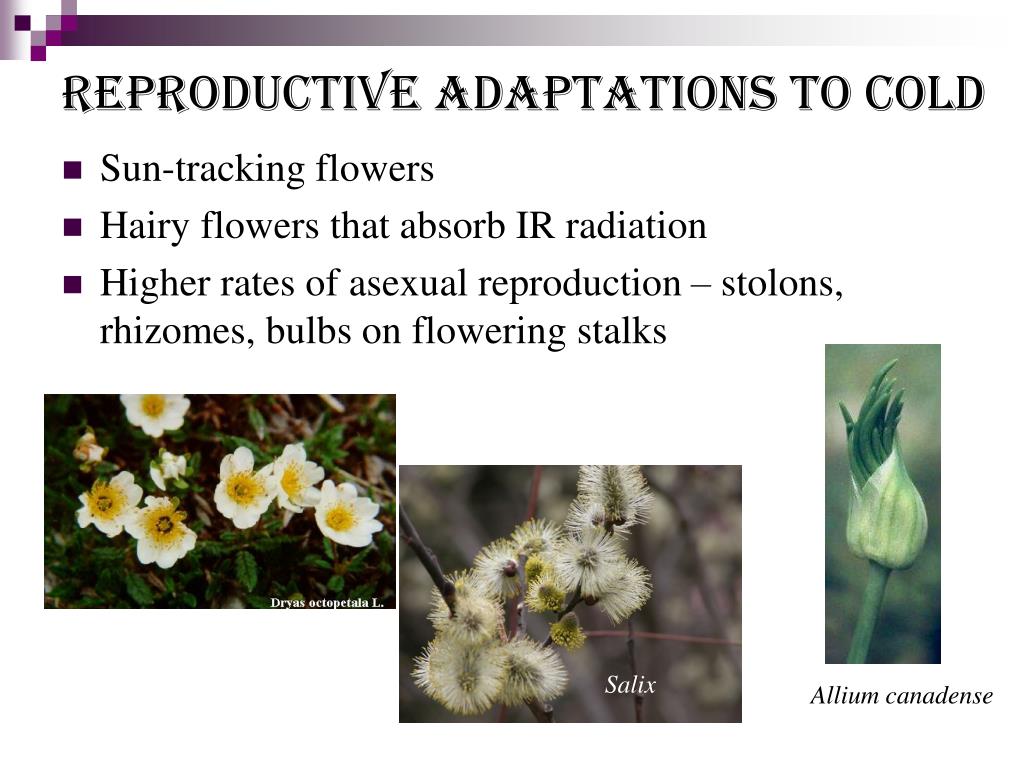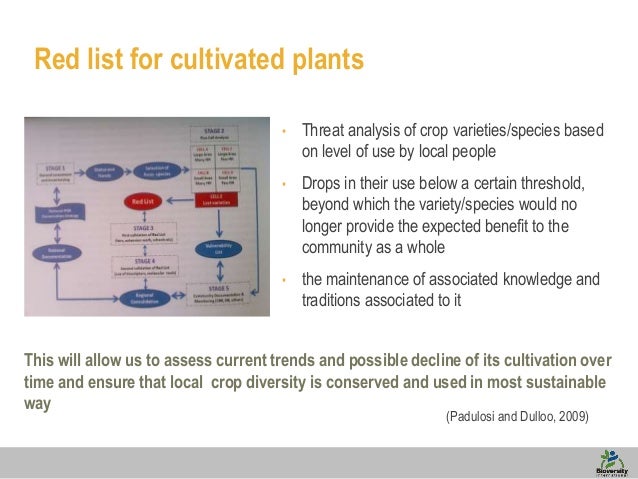
Introduction: The Foundation of Life’s Tapestry
Imagine a world where every apple tasted exactly the same, where all wheat crops succumbed to a single disease, or where the vibrant colors of a wildflower meadow faded into a monotonous green. This isn’t a dystopian fantasy; it’s a glimpse into a world with diminished plant genetic diversity. Plant genetic diversity, the sum total of all the different genes contained in all individual plants of a species or group of species, is the bedrock upon which resilient ecosystems, sustainable agriculture, and ultimately, human survival are built. It’s the raw material for evolution, the insurance policy against environmental change, and the key to unlocking a future where food security and ecological balance coexist.
Why is this diversity so crucial? Because it’s what allows plants to adapt to changing conditions, resist diseases and pests, and provide us with a wide array of foods, medicines, and other essential resources. Without it, our agricultural systems become vulnerable to widespread failures, our ecosystems lose their resilience, and our options for the future become severely limited. Think of it as a vast library filled with countless books, each containing a unique story. Lose those books, and you lose the knowledge, the potential, and the very essence of what makes life on Earth so rich and vibrant.
What is Plant Genetic Diversity? Delving into the Details
At its core, plant genetic diversity refers to the variety of genes within and among plant species. These genes dictate a plant’s characteristics, from its size and shape to its resistance to disease and its ability to thrive in different environments. This diversity manifests itself in countless ways:
- Within a Species: Consider different varieties of rice, each adapted to specific growing conditions, from drought-prone highlands to flooded paddies. Each variety possesses a unique set of genes that allows it to thrive in its particular environment.
- Among Species: Think of the vast differences between a towering redwood tree and a delicate alpine flower. These differences are the result of millions of years of evolution, shaped by diverse environmental pressures and genetic mutations.
This diversity isn’t just about visible differences; it’s about the underlying genetic code that drives these variations. It’s about the subtle variations in genes that can make one plant slightly more resistant to a particular pest or better able to tolerate drought conditions. These seemingly small differences can have huge implications for the survival and adaptability of plant populations.
The Genetic Basis of Diversity: A Closer Look
To truly understand plant genetic diversity, we need to delve into the world of DNA. DNA, or deoxyribonucleic acid, is the molecule that carries the genetic instructions for all living organisms. Within DNA are genes, specific sequences of nucleotides that code for particular traits. These genes can exist in different forms, called alleles. It’s the combination of different alleles that creates the diversity we see in plants.
Mutations, random changes in the DNA sequence, are a primary source of new genetic variation. While many mutations are harmful, some can be beneficial, providing plants with new traits that help them survive and reproduce. These beneficial mutations can then be passed on to future generations, contributing to the ongoing evolution and adaptation of plant species.
The Importance of Plant Genetic Diversity: Why It Matters
The importance of plant genetic diversity cannot be overstated. It’s the foundation upon which our food security, ecosystem health, and future adaptability depend. Here’s a closer look at why it matters:
Food Security: The Key to a Sustainable Future
Our food supply relies heavily on a relatively small number of crop species. This lack of diversity makes our agricultural systems vulnerable to diseases, pests, and climate change. Imagine a scenario where a single disease wipes out a significant portion of the world’s wheat crop. The consequences would be devastating. Plant genetic diversity provides the raw material for breeders to develop new crop varieties that are resistant to diseases, pests, and environmental stresses. By tapping into the genetic resources of wild relatives and traditional varieties, breeders can create more resilient and productive crops that can withstand the challenges of a changing world.
Furthermore, diverse crop varieties can offer improved nutritional value and flavor. Traditional varieties often contain higher levels of essential nutrients and unique flavor profiles that have been lost in modern, mass-produced crops. By promoting the cultivation and consumption of diverse crop varieties, we can improve our diets and support more sustainable agricultural systems.
Ecosystem Health: The Foundation of a Thriving Planet
Plant genetic diversity is also essential for maintaining healthy and resilient ecosystems. Different plant species play different roles in ecosystems, providing food and habitat for animals, regulating water cycles, and maintaining soil fertility. When plant genetic diversity is lost, ecosystems become less resilient and more vulnerable to disturbances such as climate change, pollution, and invasive species.
For example, a forest with a diverse mix of tree species is better able to withstand a drought or an insect infestation than a forest dominated by a single species. The different tree species have different tolerances to drought and different susceptibilities to insects, so the forest as a whole is more resilient to these disturbances. Similarly, a meadow with a diverse mix of wildflowers provides a more stable food source for pollinators than a meadow dominated by a single species. The different wildflowers bloom at different times of the year, ensuring that pollinators have access to food throughout the growing season.
Adaptation to Climate Change: Our Insurance Policy for the Future
Climate change is one of the biggest challenges facing humanity today. As temperatures rise, rainfall patterns change, and extreme weather events become more frequent, plants will need to adapt to survive. Plant genetic diversity provides the raw material for this adaptation. Within a diverse population of plants, there are likely to be individuals that are better able to tolerate the new environmental conditions. These individuals can then pass on their genes to future generations, allowing the population as a whole to adapt to the changing climate.
For example, some plants may be more tolerant of drought conditions, while others may be more resistant to heat stress. By identifying and conserving these plants, we can ensure that future generations have the genetic resources they need to adapt to a changing climate. This is particularly important for crops, as we will need to develop new varieties that can withstand the challenges of climate change and continue to provide us with food.
Threats to Plant Genetic Diversity: A Looming Crisis
Despite its importance, plant genetic diversity is under threat from a variety of factors. These threats include:
Habitat Loss: The Destruction of Natural Environments
Habitat loss is one of the biggest threats to plant genetic diversity. As natural habitats are destroyed to make way for agriculture, urbanization, and other human activities, plant populations become fragmented and isolated. This reduces the flow of genes between populations, leading to a loss of genetic diversity. Furthermore, many plant species are simply lost altogether as their habitats are destroyed.
The destruction of rainforests, for example, is a major threat to plant genetic diversity. Rainforests are home to a vast array of plant species, many of which are found nowhere else on Earth. As rainforests are cleared for agriculture and logging, these unique plant species are lost forever.
Modern Agriculture: The Rise of Monoculture
Modern agriculture, with its emphasis on high-yielding, uniform varieties, has led to a dramatic decline in the diversity of crop plants. Farmers often plant the same variety of a crop over large areas, creating monocultures. While monocultures can be efficient in the short term, they are also highly vulnerable to diseases and pests. If a disease or pest attacks a monoculture, the entire crop can be wiped out.
Furthermore, modern agriculture often relies on a narrow range of crop species. The vast majority of the world’s food supply comes from just a handful of crops, such as rice, wheat, and maize. This lack of diversity makes our food system vulnerable to disruptions. If a disease or pest attacks one of these major crops, the consequences could be severe.
Climate Change: The Unpredictable Future
Climate change is another major threat to plant genetic diversity. As temperatures rise, rainfall patterns change, and extreme weather events become more frequent, many plant species will struggle to survive. Some species may be able to adapt to the changing conditions, but others will not. Those that cannot adapt will face extinction.
Climate change can also exacerbate the effects of other threats to plant genetic diversity. For example, habitat loss can make plant populations more vulnerable to climate change. If a plant population is already fragmented and isolated, it will be less able to adapt to changing environmental conditions.
Invasive Species: The Uninvited Guests
Invasive species can also pose a significant threat to plant genetic diversity. Invasive species are plants, animals, or other organisms that are introduced to a new environment and spread rapidly, outcompeting native species. Invasive species can displace native plants, reduce biodiversity, and alter ecosystem function.
For example, purple loosestrife is an invasive plant that has spread rapidly throughout wetlands in North America. Purple loosestrife outcompetes native wetland plants, reducing biodiversity and altering the habitat for wildlife.
Conserving Plant Genetic Diversity: A Call to Action
Conserving plant genetic diversity is essential for ensuring our food security, maintaining healthy ecosystems, and adapting to climate change. There are a number of things that can be done to conserve plant genetic diversity, including:
Ex-situ Conservation: Preserving Seeds in Gene Banks
Ex-situ conservation involves preserving plant genetic resources outside of their natural habitats. This can be done through seed banks, botanical gardens, and other collections. Seed banks are facilities that store seeds for long periods of time, preserving the genetic diversity of crop plants and their wild relatives. Botanical gardens are living collections of plants that can be used for research, education, and conservation.
Ex-situ conservation is an important tool for preserving plant genetic diversity, but it is not a substitute for in-situ conservation. Ex-situ conservation can only preserve a limited amount of genetic diversity, and it does not allow plants to continue to evolve and adapt to changing environmental conditions.
In-situ Conservation: Protecting Plants in Their Natural Habitats
In-situ conservation involves protecting plant genetic resources in their natural habitats. This can be done through protected areas, such as national parks and nature reserves. Protected areas provide a safe haven for plant populations, allowing them to continue to evolve and adapt to changing environmental conditions.
In-situ conservation is the most effective way to conserve plant genetic diversity, as it allows plants to continue to evolve in their natural environment. However, in-situ conservation can be challenging, as it requires managing protected areas and addressing threats such as habitat loss, climate change, and invasive species.
Promoting Sustainable Agriculture: A Path to Harmony
Promoting sustainable agriculture practices can also help to conserve plant genetic diversity. Sustainable agriculture practices, such as crop rotation, intercropping, and organic farming, can help to maintain soil fertility, reduce the use of pesticides and fertilizers, and promote biodiversity.
Furthermore, sustainable agriculture practices can help to preserve traditional crop varieties. Traditional crop varieties are often well-adapted to local environmental conditions and can provide valuable genetic resources for breeding new varieties that are resistant to diseases, pests, and environmental stresses.
Supporting Research and Education: Investing in the Future
Supporting research and education is also essential for conserving plant genetic diversity. Research is needed to better understand the genetic diversity of plants, the threats they face, and the best ways to conserve them. Education is needed to raise awareness of the importance of plant genetic diversity and to encourage people to take action to conserve it.
By investing in research and education, we can ensure that future generations have the knowledge and tools they need to conserve plant genetic diversity and to build a more sustainable future.
The Future of Plant Genetic Diversity: A Shared Responsibility
The future of plant genetic diversity depends on our collective actions. We must recognize the importance of plant genetic diversity for our food security, ecosystem health, and ability to adapt to climate change. We must take action to conserve plant genetic diversity through ex-situ and in-situ conservation, promoting sustainable agriculture, and supporting research and education.
This is not just a task for scientists and conservationists; it is a shared responsibility for all of us. As consumers, we can support farmers who grow diverse crop varieties and choose products that are sustainably produced. As citizens, we can advocate for policies that protect natural habitats and promote sustainable agriculture. As individuals, we can learn more about plant genetic diversity and share our knowledge with others.
By working together, we can ensure that future generations inherit a world with a rich and diverse plant life, a world where food security and ecological balance coexist.
Conclusion: Embracing the Richness of Life
Understanding plant genetic diversity is not just an academic exercise; it’s a fundamental step towards securing a sustainable future for ourselves and for generations to come. It’s about recognizing the inherent value of every plant species, every variety, and every individual plant. It’s about appreciating the intricate web of life that connects us all and understanding that the loss of even a single thread can weaken the entire fabric.
Let us embrace the richness of plant genetic diversity and work together to protect this precious resource for the benefit of all. Let us cultivate a world where biodiversity thrives, where ecosystems are resilient, and where food security is a reality for everyone. The future of our planet depends on it.
